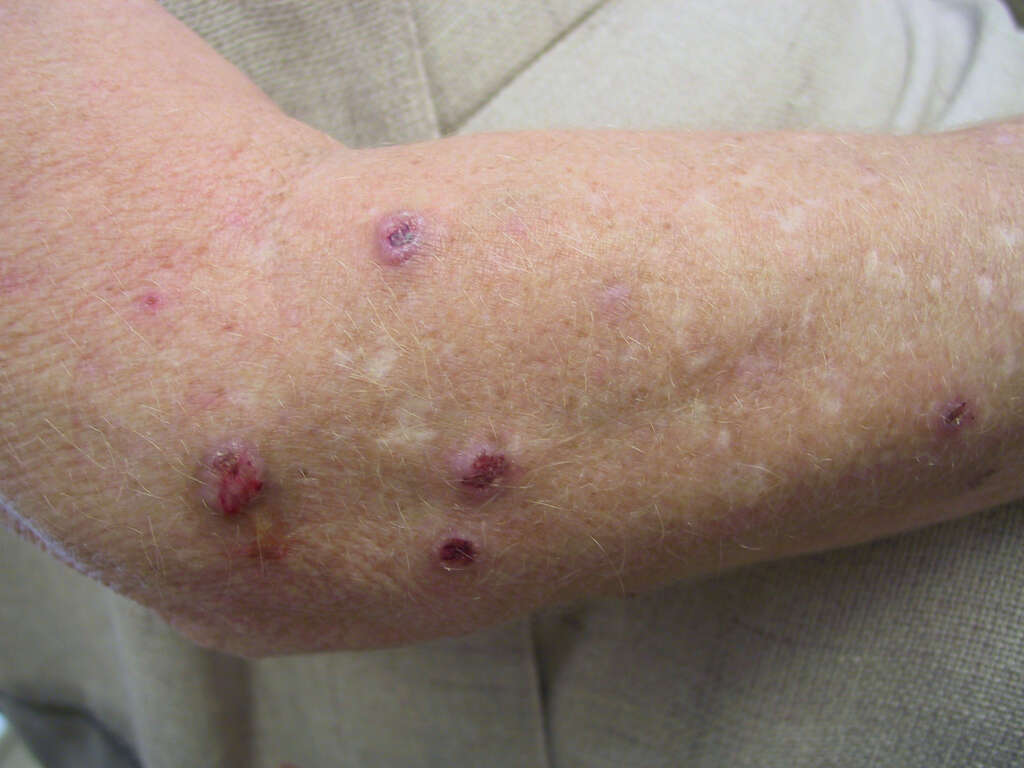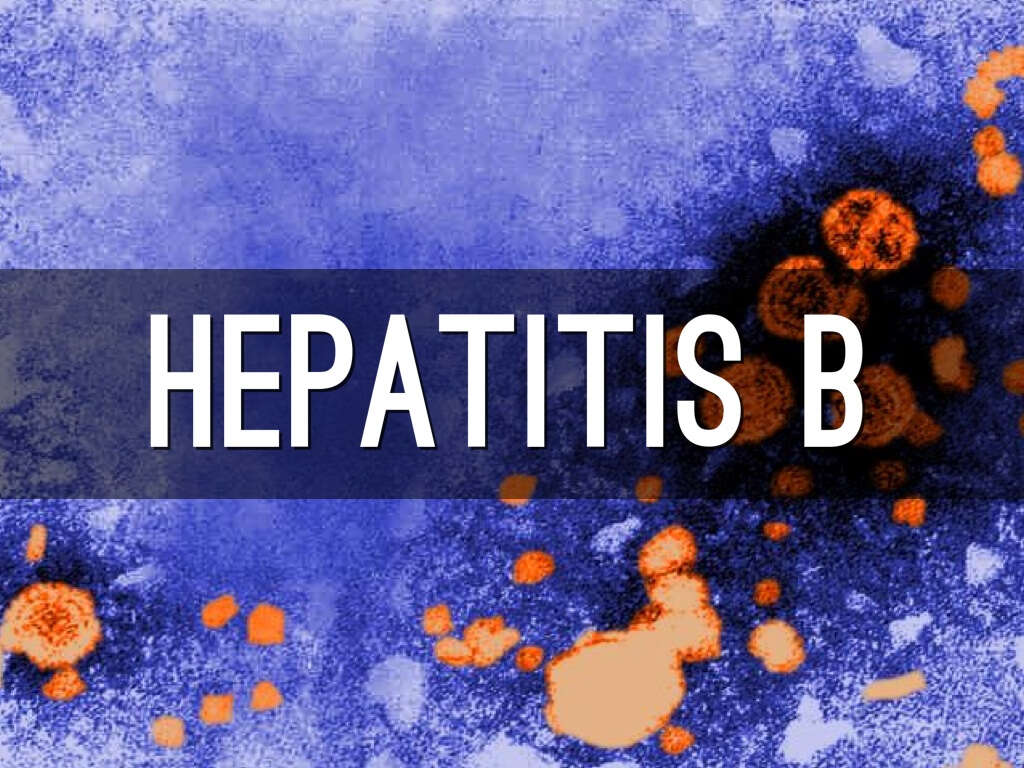10 Hepatitis A Symptoms
Hepatitis A is a condition caused by the hepatitis A virus (HAV). It is an infectious condition with few or no symptoms. The time between infection and the start of symptoms is approximately two to six weeks. Once the symptoms appear, it can last up to six weeks. Approximately 10 to 15 percent of individuals have a recurrence of their symptoms within weeks (approximately 3 weeks) after infection. Hepatitis A usually resolves spontaneously but it can very rarely lead to acute liver failure.
Hepatitis A usually spreads via the consumption of food or water that is contaminated with infected feces. Another common source is raw shellfish. Isolated cases of parenteral transmission (intravenous transmission) of HAV have also been reported. Infected children often do not have symptoms but are still able to infect others. After an individual is infected, he or she will be immune to the virus for the rest of his or her life.
The diagnosis can be achieved through blood tests. Vaccination is recommended as a means of prevention. In some countries, vaccination for hepatitis A is routinely recommended for younger children and those at risk. Other prevention methods include handwashing and cooking food thoroughly. While there is no specific treatment for hepatitis A infection, symptomatic treatments include rest, medications for nausea or diarrhea, and liver transplant (if liver failure occurs).
About 114 million hepatitis A cases occur every year, with 1.4 million that are symptomatic. This condition is most commonly found in areas with poor sanitation. It has been estimated that about 90 percent of children in the developing world are infected by the age of ten and, therefore, are immune by adulthood.
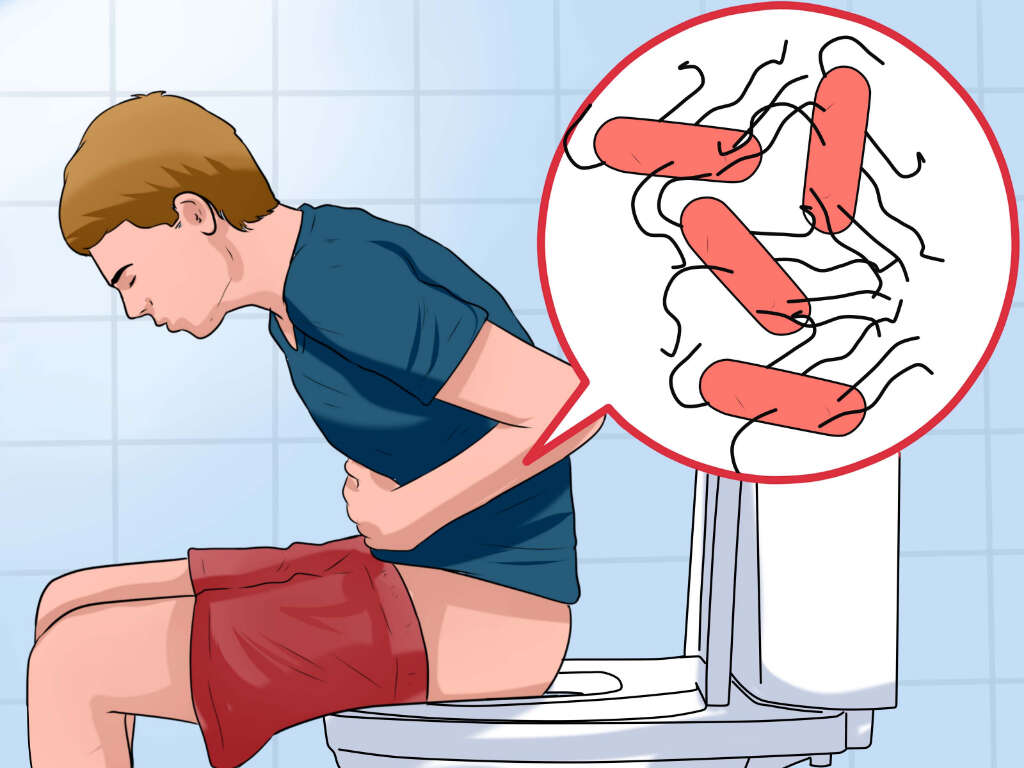
Symptom #1: Fever and Chills
Fever, or pyrexia, is when the set point of body temperature increases. It is a nonspecific symptom that occurs in many conditions, such as viral, bacterial, or parasitic infections. Chills (a feeling of coldness) often accompany a fever. Fever in HAV infection is usually low grade (<39.5°C).
As the body tries to produce and conserve more heat, the repeated muscle contractions caused by shivering help increase body temperature.

Symptom #2: Fatigue
Fatigue is a complex symptom that is often overlooked by physicians because of the difficulties in defining and treating it. Fatigue encompasses a range of complaints including malaise, lethargy, lassitude, and exhaustion. Acute presentations of HAV infection are associated with fatigue, which gradually subsides when the patient recovers clinically.
It is important to differentiate central fatigue from peripheral fatigue. Peripheral fatigue manifests clinically as a weakness because it implies a neuromuscular dysfunction and occurs when muscles are over-utilized. Conversely, central fatigue is characterized by difficulty in performing physical and/or mental activities and is associated with a higher perceived effort when performing tasks. Thus, it arises within the central nervous system.

Symptom #3: Nausea and Vomiting
Nausea is a sensation of unease and discomfort that often includes an urge to vomit. Vomiting is the involuntary and forceful expulsion of stomach contents through the mouth and sometimes the nose. It is also known as emesis, puking, or barfing.
Both nausea and vomiting are nonspecific symptoms that are found in many conditions, such as pregnancy, viral infections, and bacterial infections.

Symptom #4: Jaundice
Jaundice refers to the yellowish or greenish pigmentation of the white of the eyes (sclera), mucous membranes, and skin. It may also be accompanied by pruritus or itching of the skin. In HAV infection high levels of bilirubin in the blood result in jaundice. It occurs in approximately 85 percent of adults, whereas it is less likely in children and infants.
Under normal circumstances, in order to be excreted in the bile and reach the gastrointestinal tract, bilirubin must undergo a process of conjugation in the liver that makes it water-soluble. Like in viral hepatitis, if there is a dysfunction of the cells of the liver, the organ decreases its ability to conjugate bilirubin and both unconjugated and conjugated bilirubin accumulate in the blood. Jaundice can occur due to many conditions (i.e. excessive breakdown of red blood cells, thyroid issues, cirrhosis, hepatitis, medications, leptospirosis, malaria, and schistosomiasis, and its treatment depends on the underlying cause.
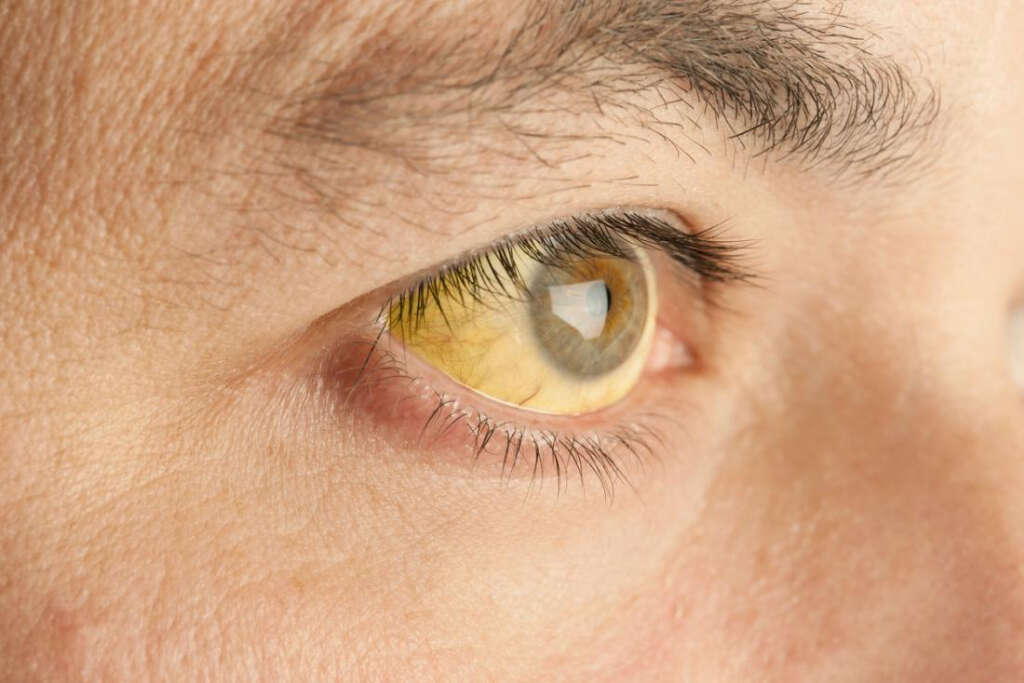
Symptom #5: Loss of Appetite
Loss of appetite is known medically as anorexia. It is a nonspecific symptom that can be found in many conditions, such as acute viral hepatitis, pneumonia, acquired immunodeficiency syndrome (AIDS), anxiety, cancer, kidney disease, celiac disease, congestive heart failure, dehydration, dementia, fever, metabolic disorders, and tuberculosis.
A prolonged loss of appetite can lead to dangerous electrolyte imbalances.

Symptom #6: Diarrhea
Diarrhea is a condition where a patient has three or more episodes of loose stools per day. It occurs in many conditions, such as bacterial, viral, or parasitic infections. Diarrhea is often self-limiting but can lead to dehydration due to excessive fluid loss.
Dehydration results in decreased urination, tachycardia, decreased responsiveness, and loss of skin color. In young children with HAV infection diarrhea may occur. However, constipation is more common in adults. Treatment and management of diarrhea is usually supportive and includes the use of oral rehydration solution, intravenous fluids, and antibiotics, depending on the underlying cause.

Symptom #7: Pale Stools
Normal stools are usually shades of brown, but in hepatitis A infection, the stools may be pale or light-colored. The color of the stools comes from bile salts that are released by the liver. In hepatitis, the liver is no longer able to function normally, and this reduces bile production and builds up bilirubin, leading to pale stools and jaundice.
Treatment will depend on the underlying cause and can involve the use of medications or just supportive treatment.

Symptom #8: Abdominal Pain and Discomfort
Abdominal pain (or a stomachache) is a nonspecific symptom caused by a variety of conditions, such as gastroenteritis, irritable bowel syndrome, and food poisoning. In HAV infection in adults, abdominal pain occurs in roughly 40 percent of patients. Enlargement of the liver or hepatomegaly may be present, accompanied by tenderness or pain with touching in the right upper half of the abdomen.
The treatment and management of abdominal pain depend on the underlying cause, but in most cases, it is unknown. Patient history, physical examination, and tests help to diagnose and treat the condition accordingly.

Symptom #9: Joint Pain
Joint pain, or arthralgia, is often a symptom of injury, illness, infection, or allergy. It can be caused by a number of varied conditions, such as rheumatoid arthritis, viral infections, systemic lupus erythematosus, rheumatic fever, Lyme disease, osteoarthritis, and gout.
Arthralgias are less frequent than the other symptoms mentioned. Experts believe that joint pain in hepatitis A infection is due to the autoimmune response of the body to the hepatitis A virus. Once the condition resolves, the joint pain usually subsides. However, there have been reports that the pain can persist even after being cured.
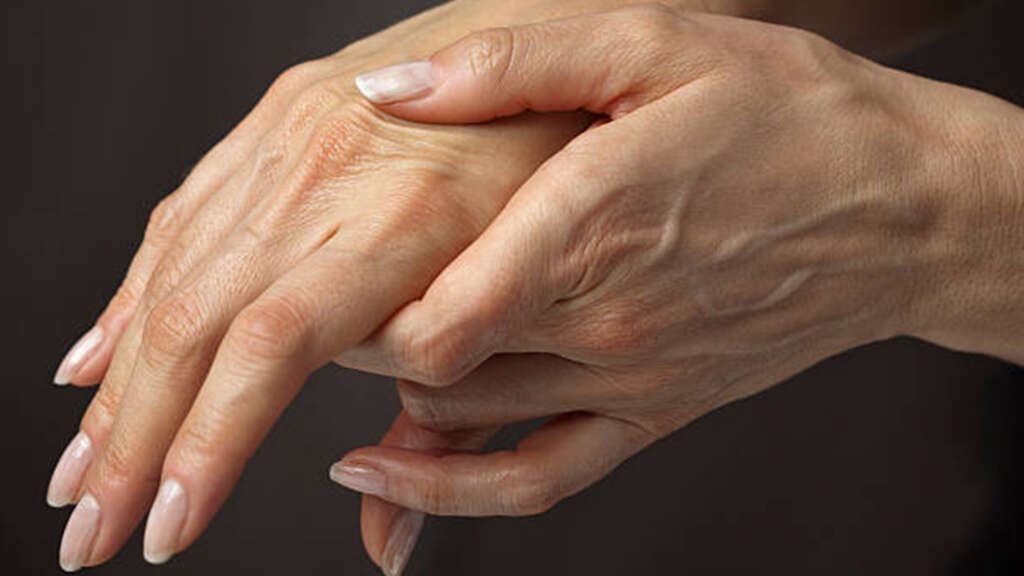
Symptom #10: Pruritus
Pruritus, or itching, may be a symptom of hepatitis A infection. Specifically, cholestatic pruritus (itching due to arrest in the flow of bile) may occur. It is most commonly caused by conditions such as obstructive choledocholithiasis, cholestasis, primary biliary cirrhosis, hepatitis infection, and primary sclerosing cholangitis. These findings suggest that products of the liver play a role in pruritus, although the specific product or mechanism is still unknown.
The theory that the deposit of bile salts into the skin are the cause of itching in cholestasis (slow bile flow) has been proven incorrect. However, there are many complex theories in its place. Furthermore, patients that experience this symptom, have reported certain relief after administration of bile-chelating agents.





